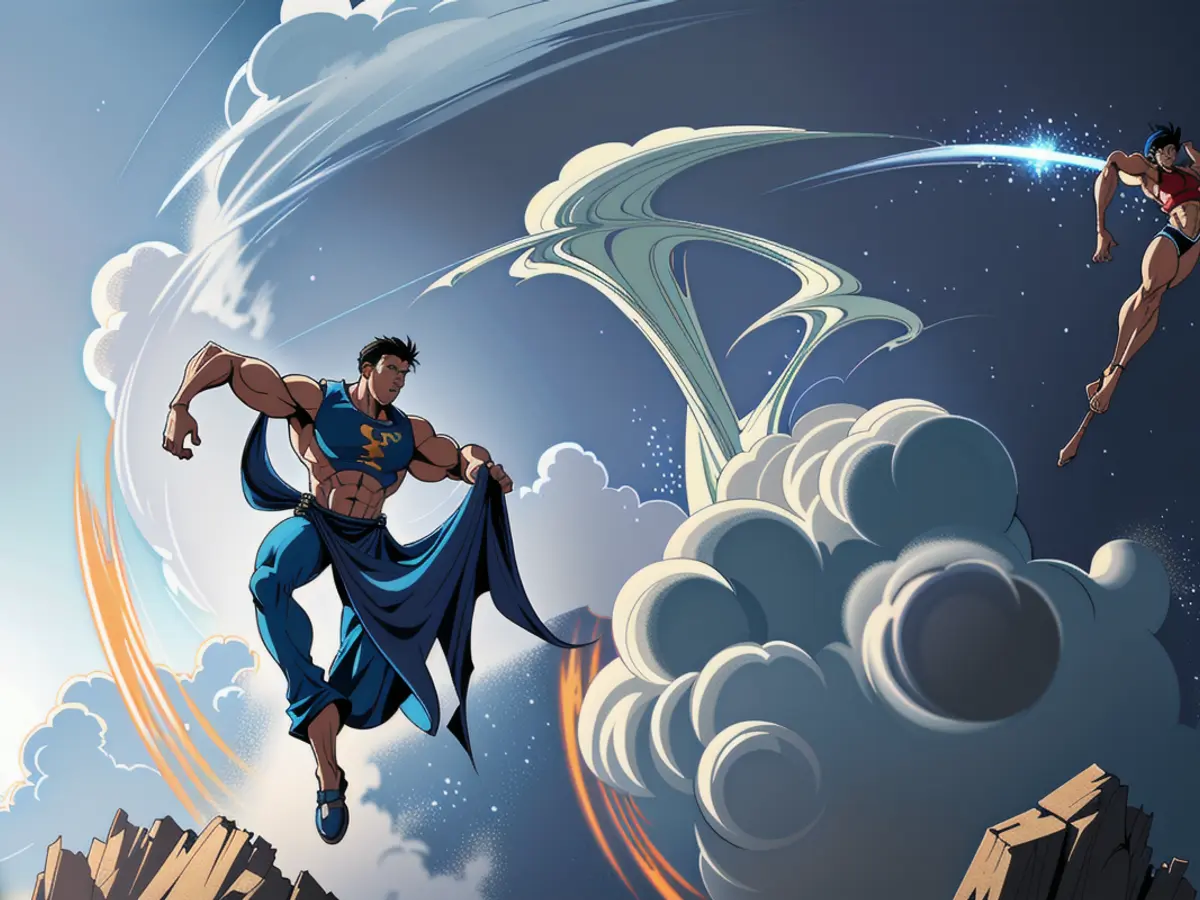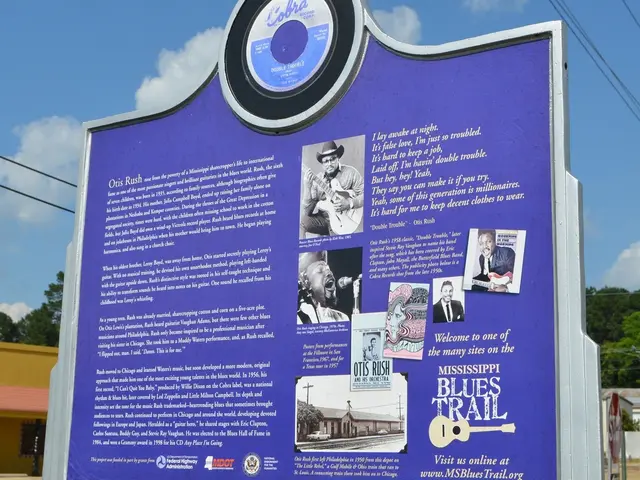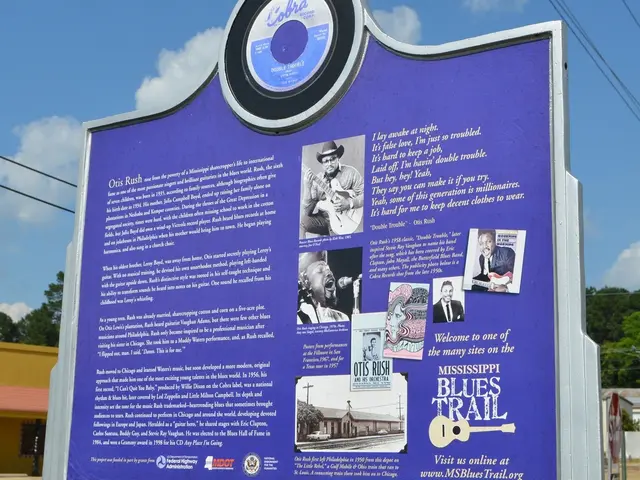Examining a Decade of Boeing's Attempts to Carry Humans aboard Starliner Spacecraft
It's finally Showtime: Boeing's Starliner on the Edge of History
After years of delays and setbacks, Boeing is about to make history by launching its Starliner spacecraft with NASA astronauts on board. Get ready for a nail-biting ride on May 6, 2023, as the Starliner CST-100 rockets off from Cape Canaveral Space Force Station in Florida.
The Crewed Flight Test (CFT)
Boeing's CFT will carry two NASA astronauts, Butch Wilmore and Suni Williams, to the International Space Station (ISS). The Atlas V rocket will propel the Starliner spacecraft to the heavens for this groundbreaking mission. Liftoff is set for 10:34 p.m. ET.
A Long and Challenging Journey
Boeing has been working with NASA under the $4.3 billion Commercial Crew Program since 2014. However, the company has faced numerous hurdles, including multiple test flight failures, software glitches, and safety hazards. The upcoming test flight is a critical step towards achieving the ultimate goal of embedding Starliner into regular crew rotation missions.
From Zero to Hero (or At Least Better)
Elon Musk and SpaceX may have had the edge in the early days, but Boeing's persistence has paid off. The company has resolved two major safety hazards found on the spacecraft, marking a significant turning point in its journey. Now, it's time to prove its mettle with a successful crewed test flight.
The Rollercoaster Ride of 'Boeing's Botched First Flight'
Boeing's first test flight in 2019 was a disaster. A software automation glitch caused the spacecraft to burn excess fuel, thus preventing it from reaching the ISS. The miscalculation of the spacecraft's location was due to a faulty mission elapsed timer. An independent review team was promptly established to investigate the issue, resulting in a 28-month delay and numerous software improvements.
Making Progress, Step by Step
The second uncrewed test, OFT-2, faced numerous obstacles, including rusty valves and issues with a thruster used for orbital maneuvering. Despite these hiccups, the mission successfully docked with the ISS, marking an important milestone for the Starliner program.
Last-Minute Concerns and Fixes
Boeing faced more setbacks prior to the CFT, with concerns about the load capacity of the spacecraft's three parachutes and flammable tape used to cover wiring harnesses causing delays. These issues were addressed, paving the way for the CFT.
A Moment of Truth
NASA is putting its trust in Boeing, and the stakes are sky-high. The presence of a crew on board makes this mission more crucial than ever. Astronaut Wilmore's words ring true: "This is the first human flight of the spacecraft... That's why we do this." Let's hope for a smooth launch and an even smoother journey to the ISS.
Stay tuned for updates, and don't forget to follow us on X and visit Gizmodo's Spaceflight page for more space-related content. Good luck, Boeing!
- Technology in the form of Boeing's Starliner spacecraft, after years of setbacks, is set to make history with a crewed flight test in April 2023, literally jeopardizing the future of space exploration as Boeing aims to prove its mettle in the presence of two NASA astronauts.
- The spacecraft's voyage to the International Space Station (ISS) in April will be boosted by the power of science, with the Atlas V rocket propelling it towards the ISS, and space being the destination.
- The successful completion of this critical mission will be a significant step towards positioning Boeing's Starliner into regular crew rotation missions, potentially paving the way for a new era in human space travel.
- However, despite making progress through extensive research and development, the upcoming crewed flight test is a testament to the challenges that the Commercial Crew Program, initially started in 2014, has faced, with past instances of failed test flights, safety hazards, and software glitches casting a shadow on space exploration.




